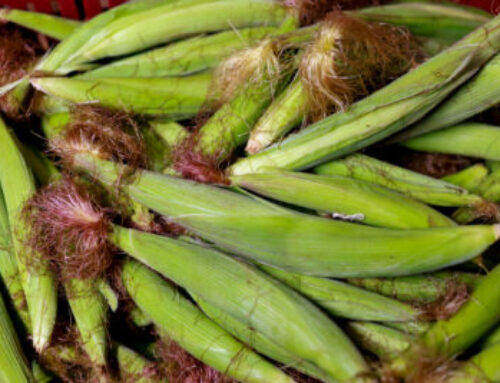10 consumer trends reshaping import markets and offering trade opportunities to tropical countries
(Via Forbes and CBI UK)
The food world around us is changing at an unbelievable pace, and the industry is evolving. Consumer grocery preferences are changing, reshaping global markets and trade between north and south. Here we summarize the main trends and consumer values with regards to food selection.
1. A focus on health. Consumers see a correlation between what they eat and how they feel. In the future, many consumers will increasingly choose the foods they eat based on their unique health needs. Especially in north/western Europe, products with specific health characteristics such as berries, avocados, pomegranates, and papayas have become more popular and even named as “super foods”.
2. The popularity of pure and organic. A significant number of European and North American consumers are increasingly seeking pure and natural products. The principal motivation for them to buy organically produced fruit and vegetables is that they are associated with health and better taste. Often, the demand for organic products exceeds the supply, making it easier to find buyers and better margins. On the other hand, it can be challenging for exporters in tropical climates to comply with the increasingly demanding organic standards.
3. New product niches. Consumers are complementing their price-conscious shopping rituals with an interest in exotic or special-quality fruit and vegetables. The market for special niche products is growing, as they provide a unique taste and the fashion for such products provokes a sales boom, particularly within the high-end market. Fresh products such as avocados, mangoes, and sweet potatoes have shown a strong annual import growth of 10% to 20%, while other more common and large-volume products such as oranges and tomatoes have seen little
4. Transparency and sustainability. Social and environmental welfare issues are growing in importance among consumers, and they are increasing their level of knowledge with regards to how their food is produced. Technology enables consumers to inform themselves of the journey their food takes from its source to consumption, and as a result, retailers must be ready to respond with the information consumers want.
5. Social consciousness. Today, “millennials” are more likely to buy from companies that support their views on social and environmental issues. It is reported that more than half of shoppers are willing to pay more for products and services that align with the causes they believe in. The growing market trend toward “responsible products” is not a coincidence, and this provides a great opportunity to companies from, or trading from, tropical and/or developing countries to tell the story of the food they produce, and how it affects communities of that area.
6. Convenient food. Lifestyles are becoming more fast-paced, and interest in easy and convenient foods is on the increase. Particularly notable in Northern Europe, retailers are responding to this trend with freshly cut fruit, snack-sized portions of vegetables, seedless fruit, easy peelers, ready-to-eat products, prolonged shelf life, and combining this product availability with new e-commerce systems. Specific trends with growth potential include ready-to-eat and ripened fruit.
7. Increasing preference for locally grown products. There is a growing preference for locally grown fruit and vegetables (Km 0), a trend that is especially important in Europe. But the import of out-of-season and more exotic products continues to grow as well.
8. More direct farm-to-consumer connection. More consumers are opting for a plant-based diet and as part of that lifestyle are seeking to purchase local food directly from farmers to be sure of the process the product has had, in harvest and postharvest. In the USA and Europe, new startups are emerging offering apps and platforms that facilitate this direct connection.
9. Good conduct determines success. Food safety and certifications have become leading aspects in the trade of fresh products. A.P.has become the standard certification and the required maximum residue levels (MRLs) are becoming stricter than the legal limits. Buyer´s knowledge level regarding certifications is also increasing, with many placing more emphasis on certification than other product details.
10. A specialized role for importers. As a result of increasing competition and buyer concentration, the role of importers and wholesalers is changing. They become more specialized and focused on ensuring “just-in-time” delivery, trying to shorten their supply chain to retailers and saving on warehousing costs.
Sources
https://www.cbi.eu/market-information/fresh-fruit-vegetables/trends
https://www.forbes.com/sites/phillempert/2017/12/13/10-food-trends-that-will-shape-2018/#451014324104



